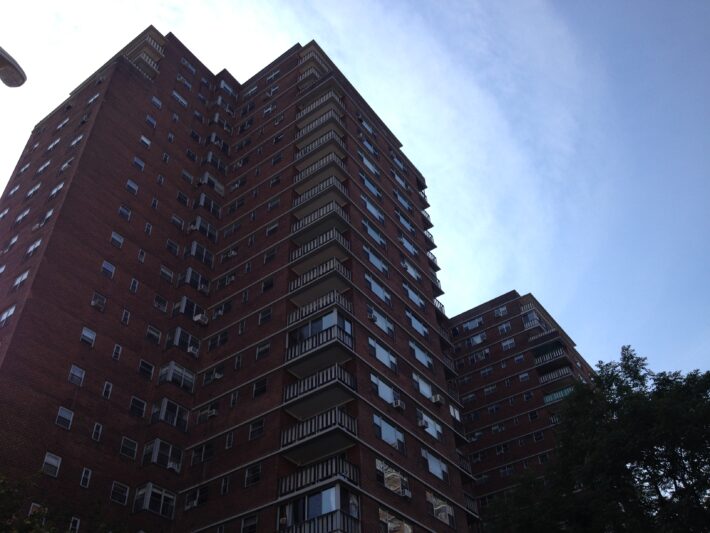
The female homeless population is more diverse than might be expected, according to Geniria Armstrong, the deputy program officer of Transitional and Supportive Housing at the Henry Street Settlement. Some are young mothers; some are older women. Some are successful professionals; others are former spouses of affluent men. And some come from cycles of poverty and broken homes.
Many of these women share one characteristic, though: they are domestic abuse victims, whose increasing numbers add to New York City’s homelessness crisis, which has reached historic heights in the past few years.
In September, close to 57,000 people were using the city’s shelter system. In 2013, the city had fewer than 3,000 emergency beds to offer to women seeking shelter because of domestic violence issues, and in 2014, 11,108 additional women requested placement in shelters that serve that population — more than could be served even by an increase in beds to 8,800. The number of domestic violence victims overall has increased by 12 percent during the last year, according to the Human Resource Administration office, the agency that handles the mayor’s domestic violence initiatives.
Last month, Mayor Bill De Blasio’s office announced it was allocating $14.7 million to serve 13,300 children and adults who have fled abusive situations, and adding 400 new apartment-style, transitional family shelters and 300 new emergency shelter beds. Currently, there are 45 domestic violence shelters across the five boroughs, though their exact locations are kept confidential to protect victims from being located.
David Neustadt, deputy commissioner for the Human Resource Administration, said the additional funds would be going entirely toward creating new domestic violence shelters. Bidding for emergency shelter contracts is underway.
Miguel Acevedo, president of the Fulton House Tenants Association and a public housing advocate, said domestic violence is the biggest crime issue in public housing. He said that aside from new housing, he hopes the funds will be allocated toward education and empowerment initiatives for the victims while they are in temporary shelters. Midtown Manhattan is home to five public housing developments.
“A lot of women use the [shelter] system, but then when they’re released go right back to the abuser,” said Acevedo. “The intimidation factors stay for years, or sometimes for life.”
Armstrong, who works at the Henry Street Settlement, which receives close to half of its funding from government grants administered by the HRA, said one of the key issues is ensuring that victims are not placed in shelters located in the same borough they are fleeing. According to Armstrong, many victims tend to come from the Bronx, the borough with the highest poverty rate, where housing is most affordable. Statistics from the ACLU state that women from low income households are seven times more likely than women from higher income households to be victims of domestic violence.
“A lot of people choose to stay in unsafe situations because the process is really daunting,” she said. “The services are there but that doesn’t mean everyone has access to them.”
Armstrong said the process can be complex and confusing. To qualify for placement in a domestic violence shelter, a woman must provide three forms of documentation, including court or hospital documents, a police report and a letter from an advocate. Once women are sheltered, they are provided with counseling and, depending on the shelter, other resources to help them find permanent housing. Some women stay for a few weeks, while others cycle in and out of the shelter system. Armstrong said she hopes funding will also go toward clinical and counseling services for the women.
Domestic violence victims who find themselves suddenly homeless are among the most vulnerable populations, according to advocates who work with them. They often come from backgrounds that leave them ill-prepared to deal with the streets, and catching them before they fall into patterns of chronic homelessness is paramount.
“The streets are not a good place for any woman to be, but they will toughen you up, so sometimes women who are chronically homeless know how to deal with it,” said Sister Joann Sambs, who works with the Dwelling Place, a women’s shelter run by the Church of St. Francis of Assisi on 31st street. The shelter does not receive public support, but Sambs said she thinks the mayor’s decision to focus on this issue is a positive step.
“We tend to look at this issue with eyes of judgment,” she said. “But you should see the eyes of these women who come to us. They come to us with so much fear and shame in their eyes. In reality, so many of us are just a few choices or paychecks away from losing everything in this city.”